The day when humanity exhausts Nature's annual budget.


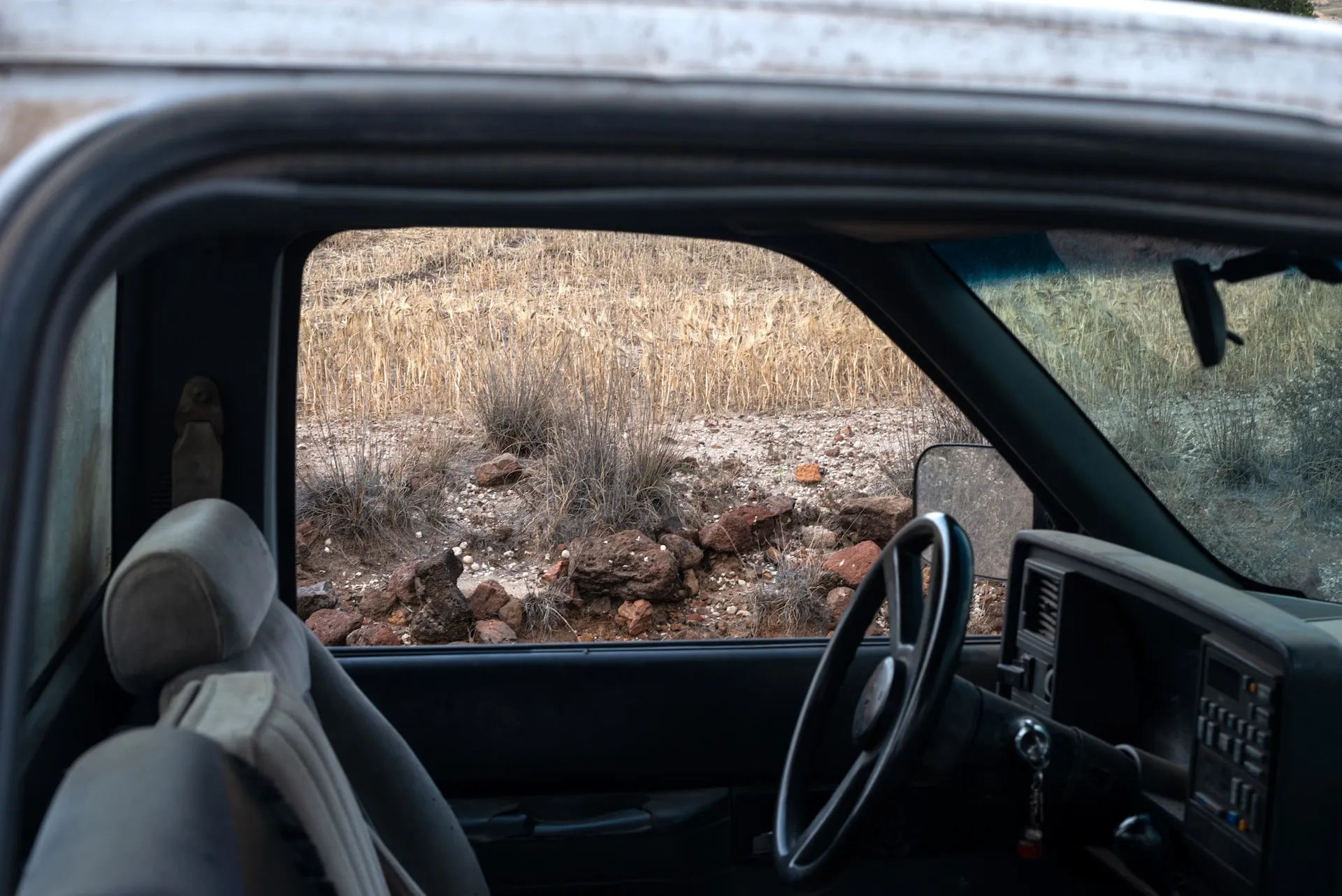
2021 is the year we've been waiting for to build a better future. Last year, the global health crisis brought unimaginable challenges and has shown us that radical change is possible and that some of these changes are here to stay.
This year, negotiations on climate change have been postponed until November, in the hope that countries will commit to their Nationally Determined Contributions (NDC) for the amount they signed in the Paris Agreement, which means limiting the rise in global temperatures to between 1.5 and 2 degrees Celsius by the turn of the century.
The bad news is that current models predict that our common efforts add up to a projected 3-degree increase in global temperatures by 2100. This is not what we promised 5 years ago at COP21 in Paris. We are failing ourselves.
That's why we must also commit to changes at the individual level. We should not wait for countries to commit or expect others to do the work and take it to the streets.
2021 is the year in which we must take everything personally. Only then will those small changes begin to trigger an avalanche of changes, even at a time when the global coronavirus pandemic seems to bring everything into conflict.
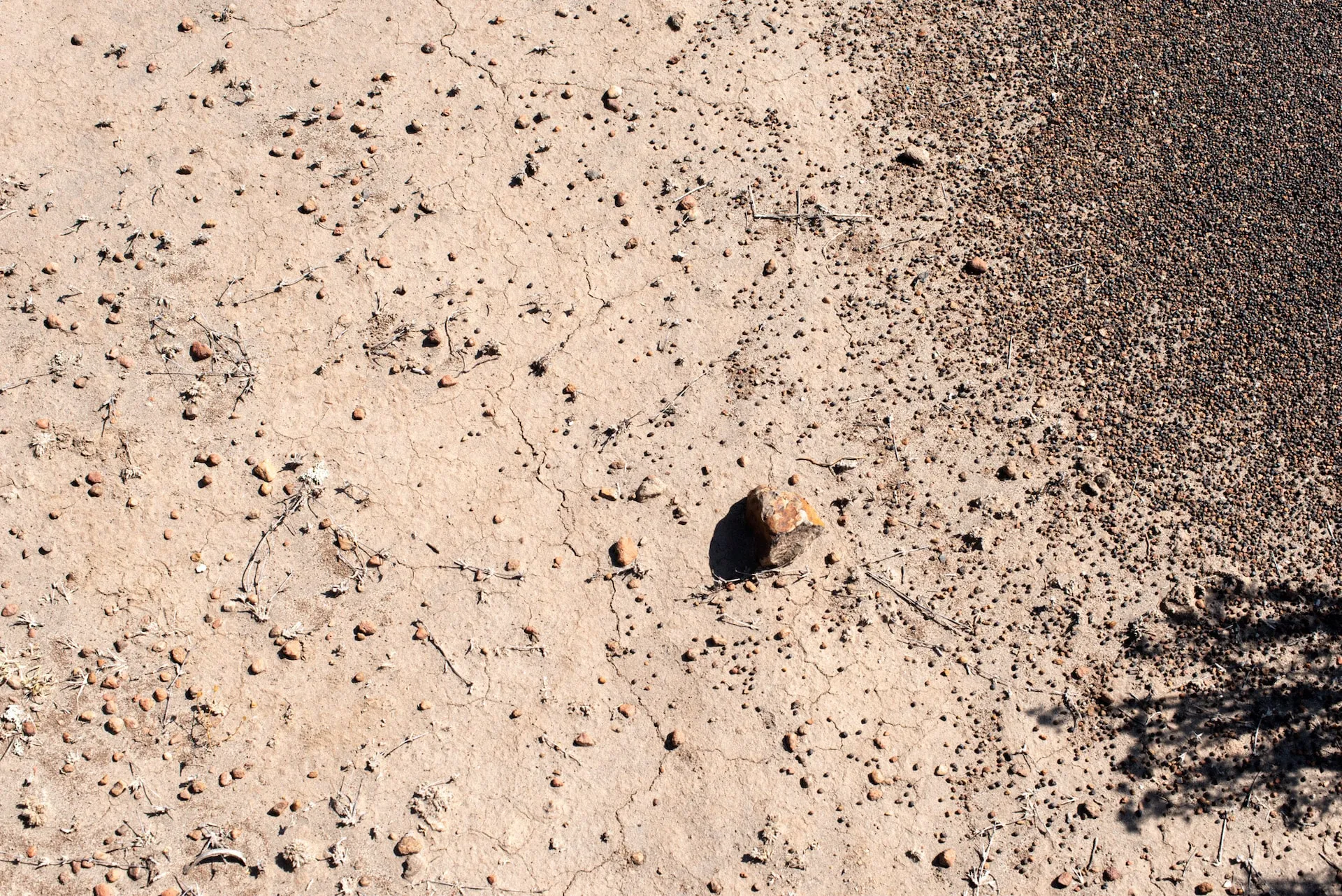
According to Global Footprint Network, “Earth Overshoot Day marks the date when humanity has exhausted nature's budget for the year. For the rest of the year, we will maintain our ecological deficit by reducing local resource reserves and accumulating carbon dioxide in the atmosphere. We are overtrading.”
Well, their data suggests that, on average, humanity consumes as much of nature as if we had 1.6 Earths! We only have the resources of one planet. Do you understand now when people call this a climate crisis?
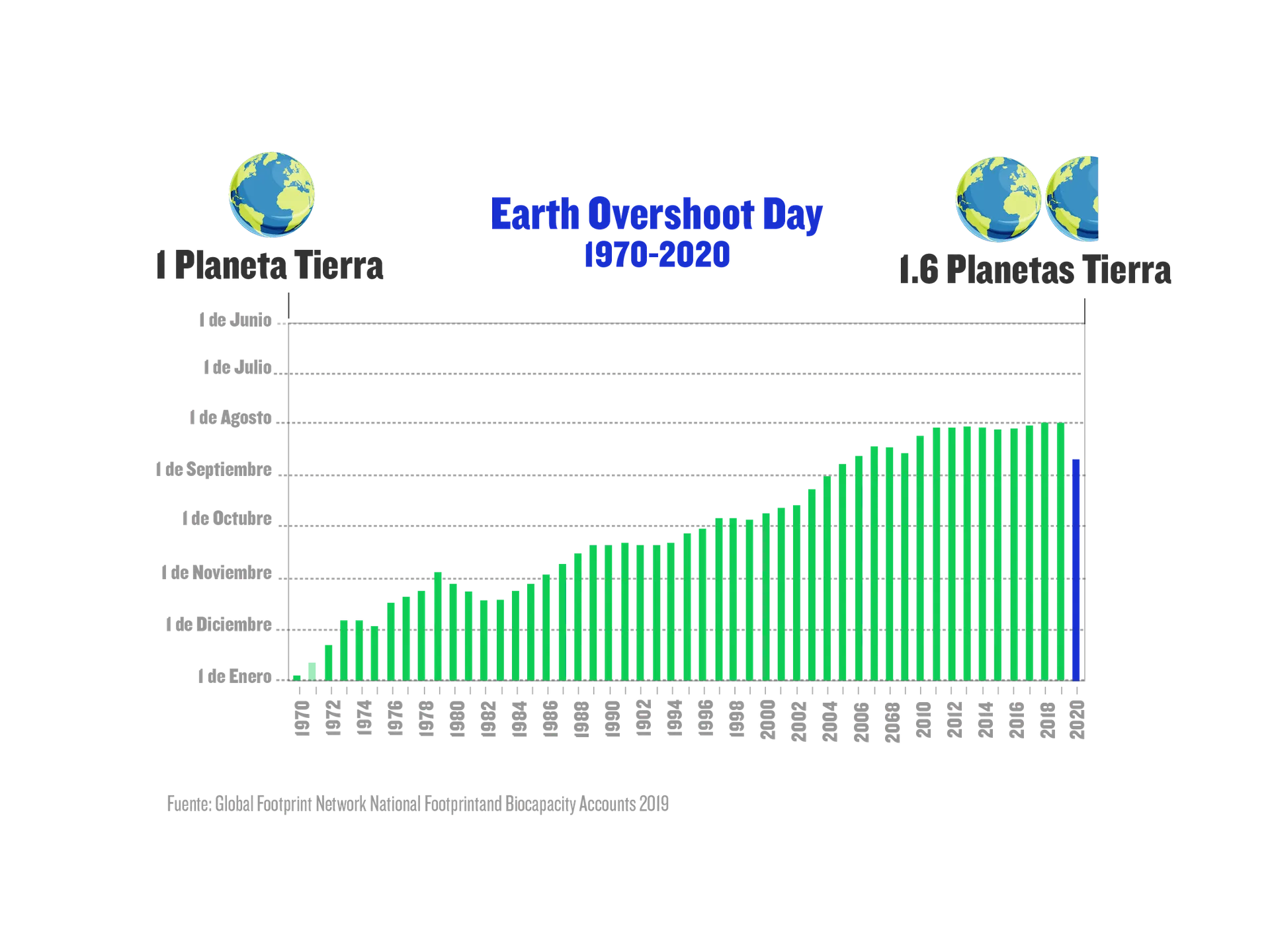
This way, you'll know how far you have to go to find creative solutions to reduce your own carbon footprint and convince your friends and family to do the same. Start the year off on the right foot!
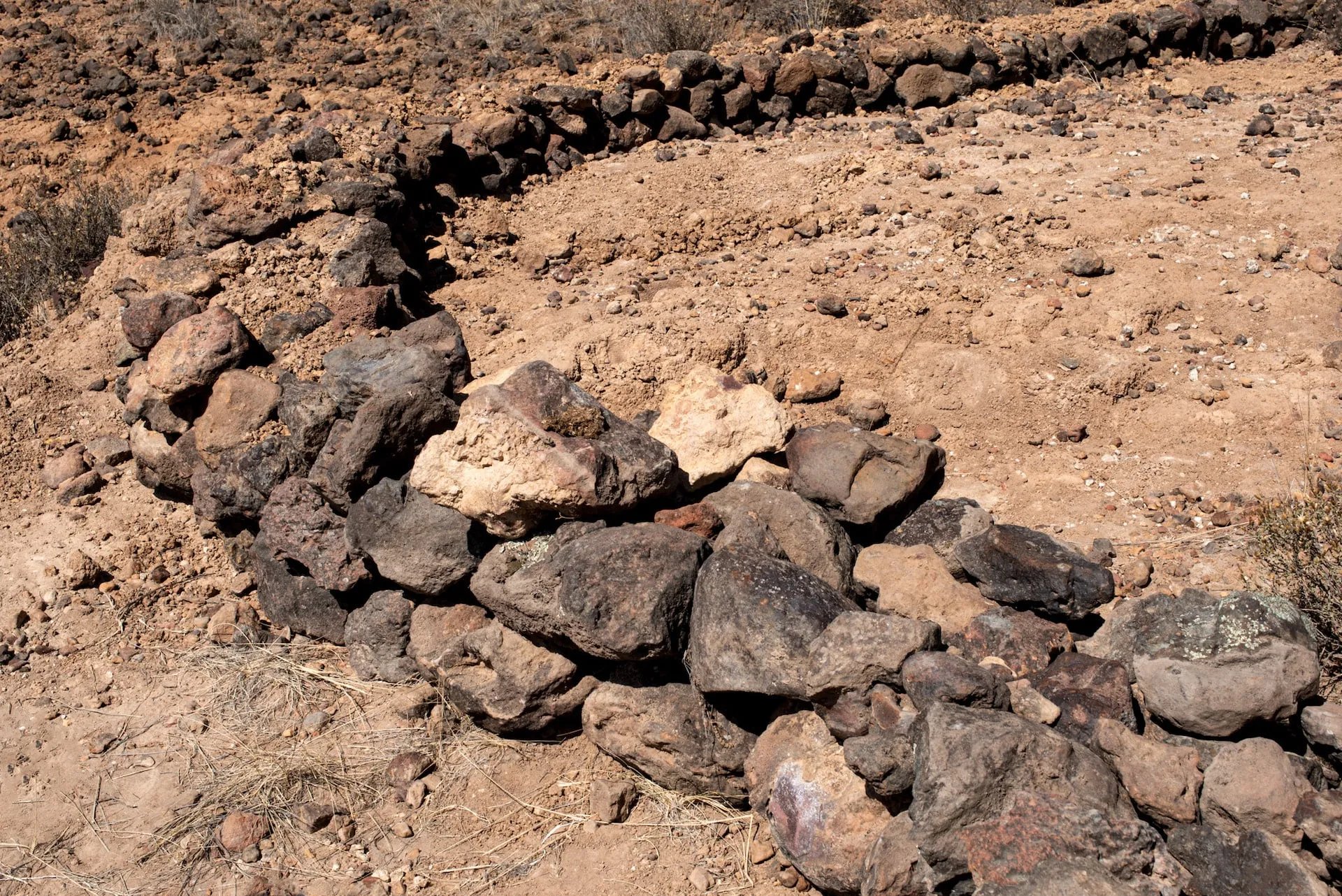
The way in which Earth's Overdraft Day is calculated is as follows:
“To determine the date of Earth Overshoot day each year, Global Footprint Network calculates the number of days in that year that the Earth's biocapacity is sufficient to provide humanity's Ecological Footprint.”
“The rest of the year corresponds to the global overrun. Earth Overdraft Day is calculated by dividing the planet's biocapacity (the amount of ecological resources that the Earth is capable of generating that year), by the Ecological Footprint of humanity (the demand of humanity for that year) and multiplying by 365, the number of days in a year.
In 2020, Earth's Overdraft Day was August 22nd. If you like the numbers, you can see how it was calculated, taking into account the global coronavirus pandemic here:
https://www.overshootday.org/2020-calculation/
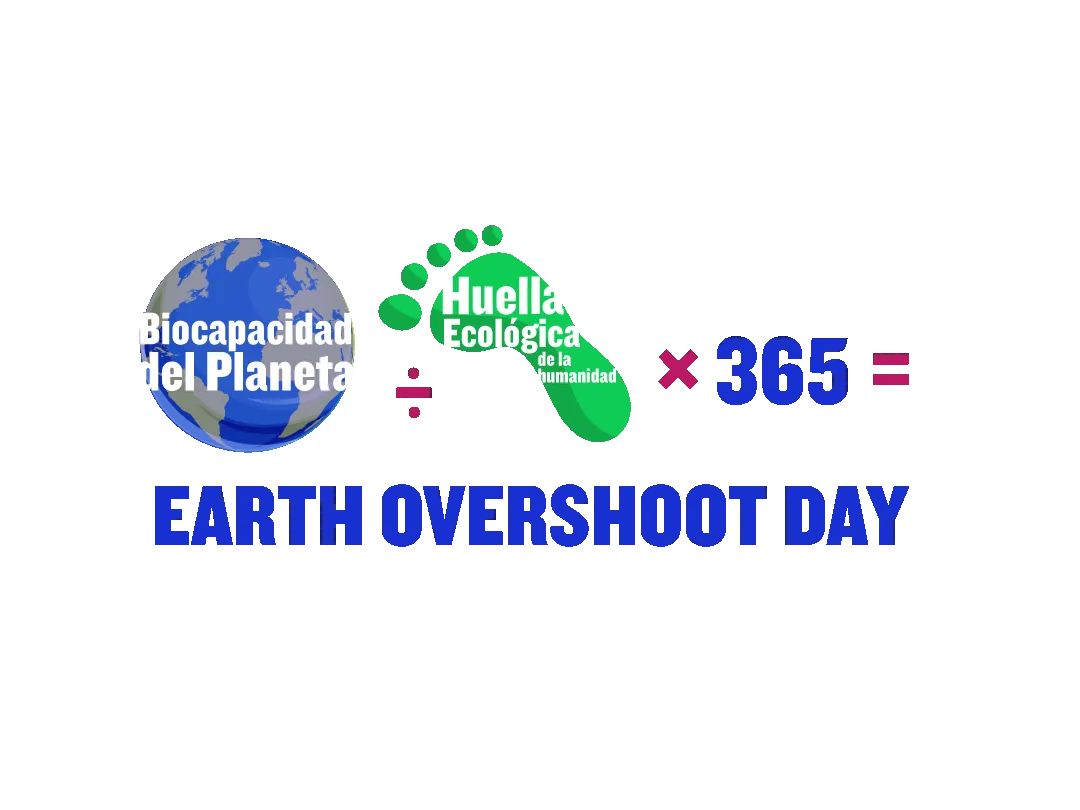
Check out everyone's contributions so far on the map and be part of the solution. There's no excuse, we can all learn from others which solutions are the most applicable in our own communities.
Take a look, look across countries, projects and different people and start taking action today!
By Monica Lafon
Monica Lafon is a freelance writer. She has a degree in Journalism and Political Science from Concordia University in Montreal and a Master's degree in Environmental Policy from Sciences Po Paris.
Fuentes
“The World in 2021". The Economist. Nov, 2020.
“Earth Overshoot Day”. Global Footprint Network. https://www.footprintnetwork.org/our-work/earth-overshoot-day/
“I join the #MoveTheDate movement”. Earth Overshoot Day. https://www.overshootday.org/portfolio/i-join-the-solutions-to-movethedate-movement/
“Map of solutions”. Global Footprint Network. https://movethedate.overshootday.org/
#CarbonFootprint #EarthOvershootDay #GlobalFootprintNetwork
Monica Lafon is a freelance environmental journalist. He obtained his degree in Journalism and Political Science from Concordia University and his master's degree in Environmental Policy from Sciences Po Paris.
Explore reflections, research and field learning from our work in ecosystem restoration.